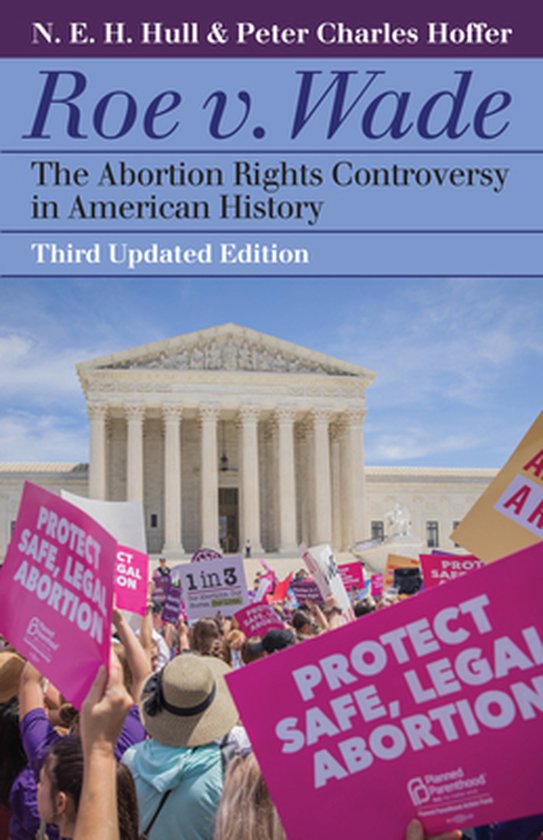
Does a conservative course of the Supreme Court now mainly affect the vulnerable?
De kop van het artikel van Annelien De Dijn dekt niet geheel de inhoud. Die inhoud is namelijk haar advies aan progressief links in Nederland (NRC 11/5/2022) en is niet het gevolg van de koers van het Hooggerechtshof in Amerika, namelijk het treffen van kwetsbaren. Om de rechten van kwetsbare minderheden te beschermen is het veranderen van wetgeving via parlementaire meerderheden beter dan elke keer weer een casus aan de rechter voor te leggen. Aldus mevrouw De Dijn. Zij noemt dat ‘democratisch activisme’.
The headline of Annelien De Dijn’s article does not fully cover its content. That content is in fact her advice to the progressive left in the Netherlands (NRC 11/5/2022) and is not the result of the course of the Supreme Court in America, namely targeting the vulnerable. To protect the rights of vulnerable minorities, changing legislation through parliamentary majorities is better than submitting a case to the court every time. According to Mrs. De Dijn. She calls this ‘democratic activism’.
Punt 1. Als leek zeg ik, dat haar advies een open deur is. Een wettelijke vastlegging geeft burgers namelijk altijd houvast voor hun handelen in de maatschappij. Maar altijd is de kans aanwezig, dat de hoogste rechter die zich over die wet moet uitlaten van koers wisselt. Mede omdat het maatschappelijk sentiment is gewijzigd. Voorbeelden van deze wisseling zien we in de toeslagenwetgeving en de Box3 wetgeving.
Point 1. As a layman I say that her advice is an open door. This is because a statutory provision always provides citizens with guidance for their actions in society. But there is always the chance that the highest judge who has to rule on that law will change course. Partly because social sentiment has changed. Examples of this change can be seen in the benefits legislation and the Box3 legislation.
Punt 2. Een minderheid als een kwetsbare groep oormerken verdient eerst een definitie van wat ‘kwetsbaar’ is. Mevrouw De Dijn noemt hierbij religieuze of raciale minderheden als kwetsbaar. Kennelijk behoren daartoe veel ongewenst zwangere vrouwen. Kan dan de kleine groep supervermogenden ook als kwetsbare groep worden gezien, nu het huidige maatschappelijk ongenoegen bij de meerderheid over de vermogenskloof groeit? Volgens mevrouw De Dijn zou deze groep zelfs door de toenmalige ‘founding fathers’ van Amerika als kwetsbaar worden gezien. Wie als minderheid kwetsbaar is moet door de volksvertegenwoordiging worden bepaald. Zo je wilt door democratisch activisme. Dat is nu precies wat de strekking is van de concept uitspraak van het Amerikaanse Hooggerechtshof.
Point 2. Earmarking a minority as a vulnerable group first deserves a definition of what is ‘vulnerable’. Ms De Dijn refers to religious or racial minorities as vulnerable. Apparently this includes many unwanted pregnant women. Can the small group of super-wealthy also be seen as a vulnerable group, now that the current social discontent among the majority about the wealth gap is growing? According to Ms. De Dijn, this group would even be seen as vulnerable by the ‘founding fathers’ of America. Who is vulnerable as a minority must be determined by the parliament. If you will, through democratic activism. That’s exactly what the draft ruling of the US Supreme Court is all about.
Ricky Turpijn



